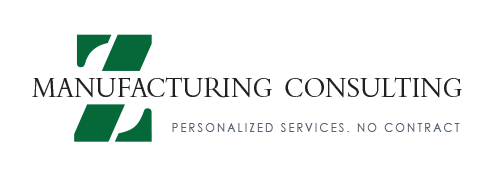Beware of the Cart Before the Horse when Planning Factory Capacity
 Is low margin business really the right approach to fill excess factory capacity?
Is low margin business really the right approach to fill excess factory capacity?
Company A scheduled and staffed their factory to operate 24 hours /day, 365 days/year. The sales team then worked to secure extremely low margin business to fill excess capacity. The belief was that the overhead recovery offset the negative impact of low margin. This volume was not always predictable nor subject to accurate forecasting. This feast or famine nature of the low margin business meant that at times there was still excess capacity and at other times insufficient capacity resulting in longer lead times even for the higher margin, favored business. Business profitability was seriously impacted as was customer satisfaction. It became apparent that a new business and factory planning model was required.
The factory management team consisting of plant manager, finance manager, production managers, technical manager, maintenance manager, human resource manager, and engineering manager assumed the responsibility of developing a new model. They had access to all of the necessary data including actual factory costs, margin data by product, and historical volume and customer order patterns.
The team reviewed opportunities to reduce costs within the current business model but determined that although opportunity was there, it was not enough to have a step change impact on profit performance. The team then evaluated a product mix that was less dependent on low margin business. With an assumption of lower overall volume, the team then calculated the required capacity. The team then restructured direct, indirect, and overhead staffing required to deliver this reduced volume. During this process, the team members challenged each other to aggressively review their individual departments.
Once the resulting product mix and corresponding factory cost structure was determined, a thorough financial analysis was completed. Even after applying risk factors, the business profitability was found to be dramatically improved. The team then went to work on developing an implementation plan including a communication plan designed to bring all employees on board. One time costs were calculated and the overall plan was then presented to executive and business managers for approval. The plan was approved and implemented.
The project success was due to a strong factory management team willing to take a blank slate approach without prejudice. They were fully knowledgeable on costs and margins by product, by machine hour, and sales volumes.
Due to the careful analysis and thorough implementation planning including communications, the results were as expected and sustained. Of note, some of the low margin customers decided to accept higher pricing in order to have continued supply.
Ask Z Manufacturing Consulting how the application of new factory modeling approaches for capacity balance protects customer satisfaction and improves profitability…
